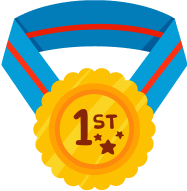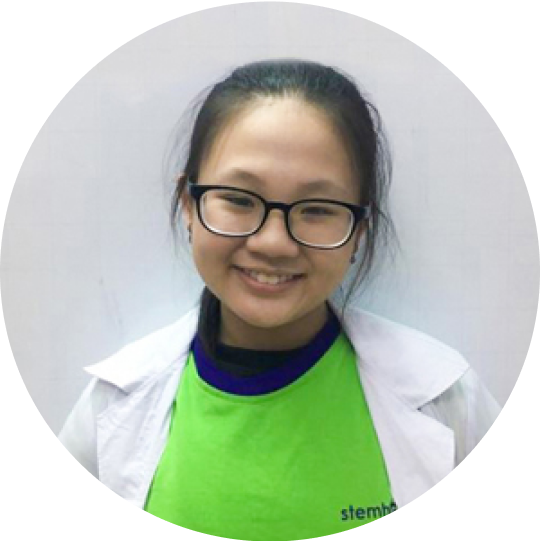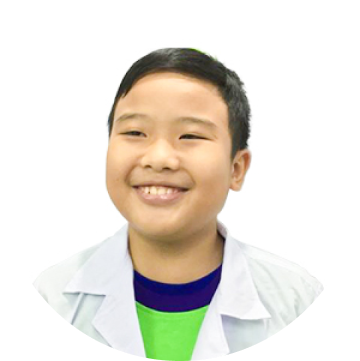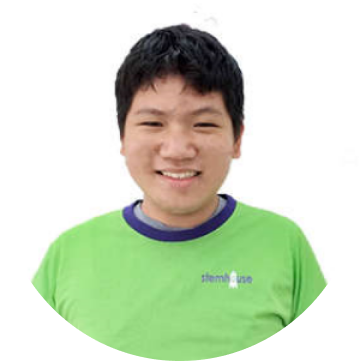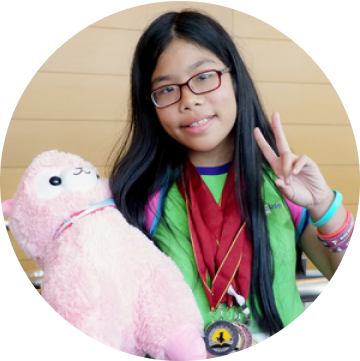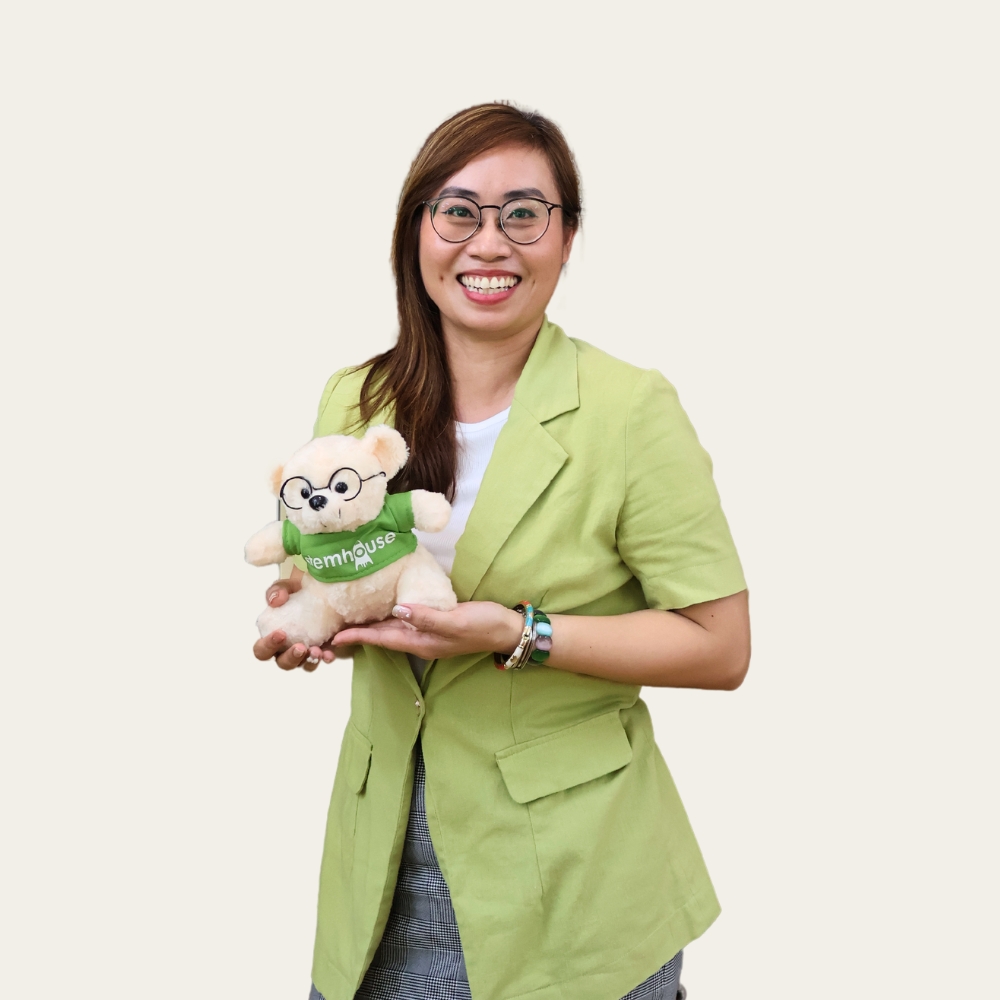PIONEER IN STEM EDUCATION SYSTEM
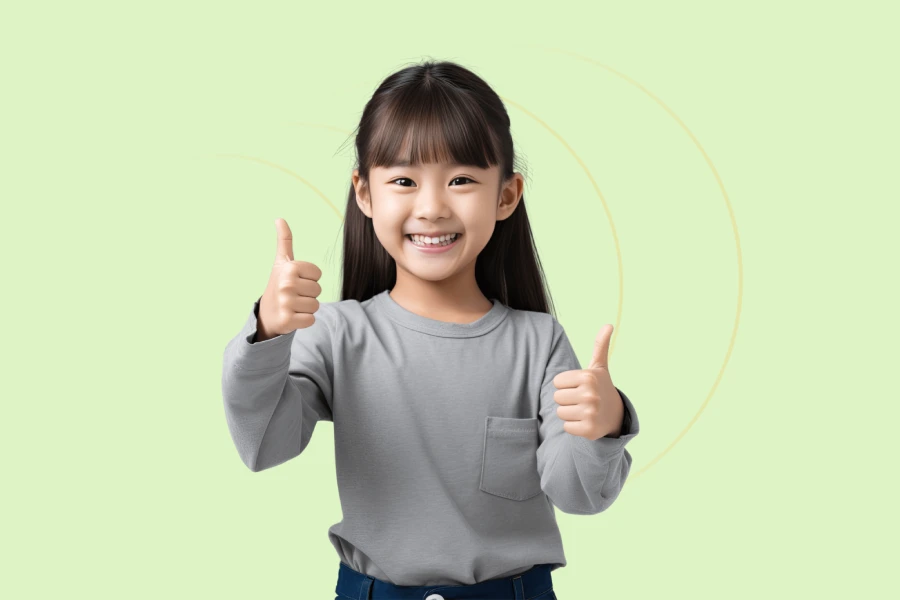
7 +
research projects were selected by NASA to launch into space
2,000 +
young scientists
15 +
STEM competitions have been organized/co-organized
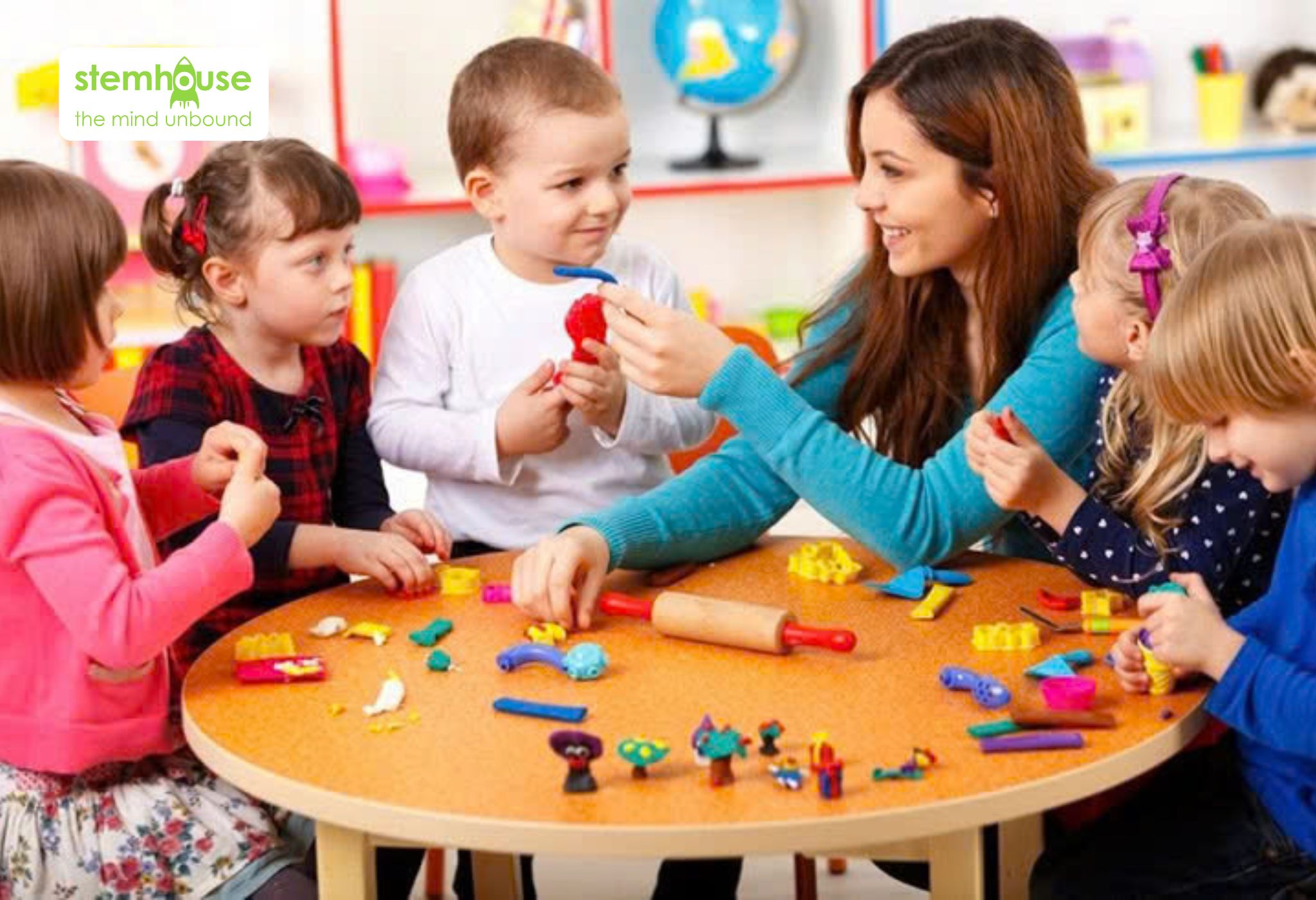
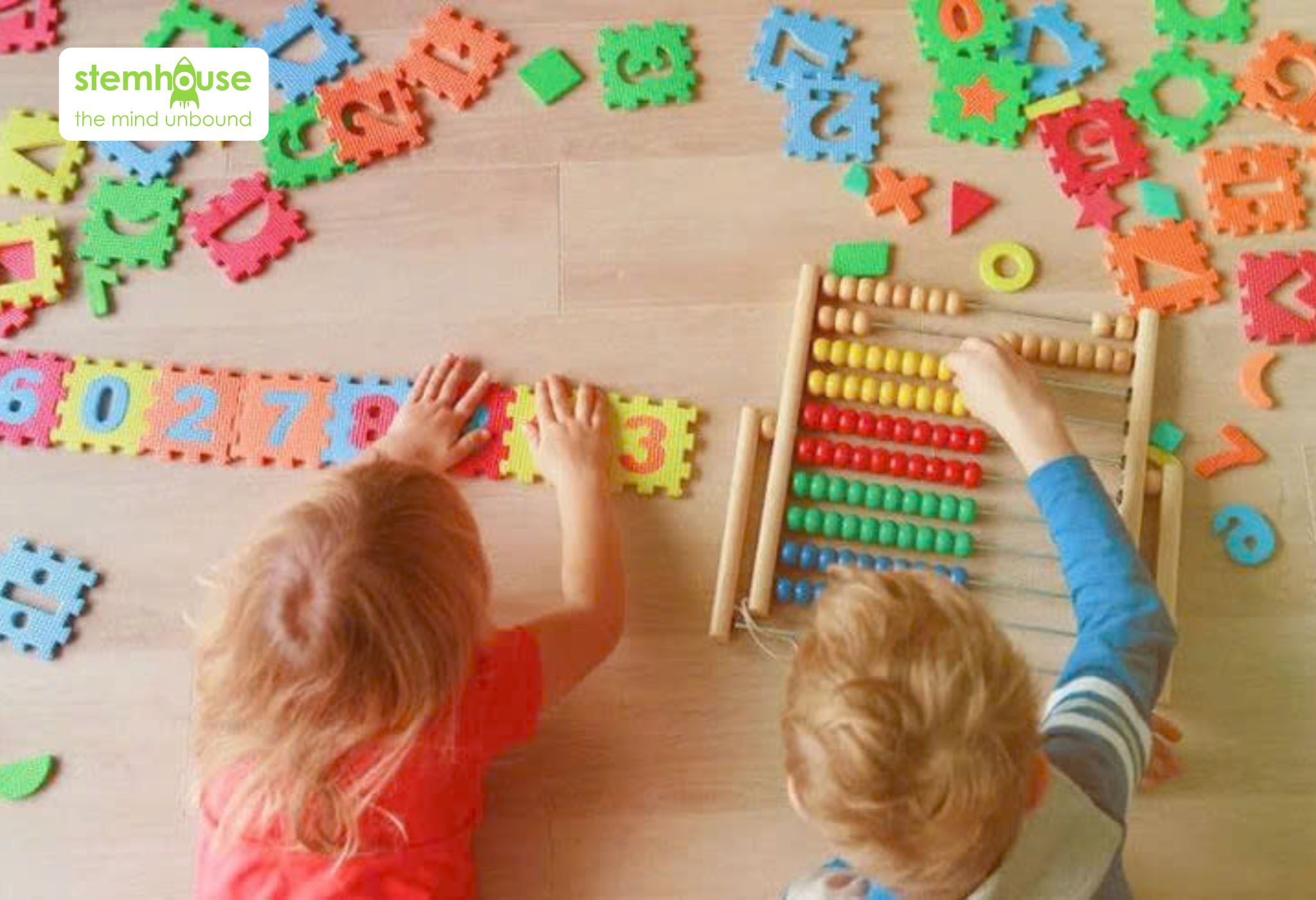
10 +
years pioneering in internationally STEM-oriented teaching in Vietnam
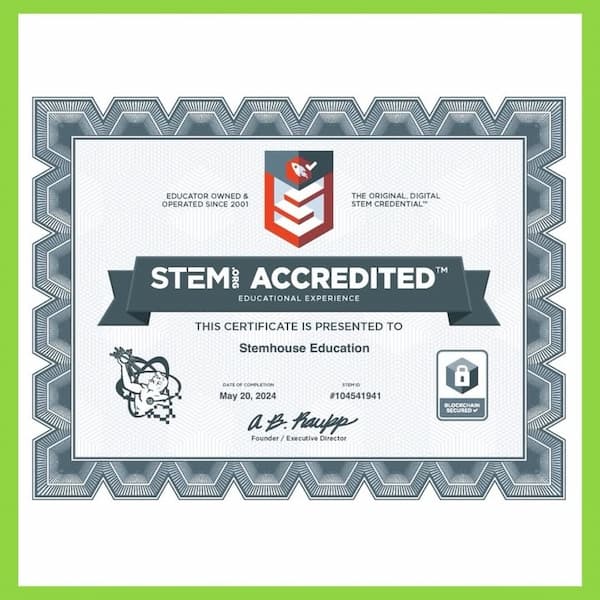
01
PROUDLY ACHIEVES EXCELLENT 𝐒𝐓𝐄𝐌.𝐨𝐫𝐠 𝐀𝐜𝐜𝐫𝐞𝐝𝐢𝐭𝐞𝐝



STEMHOUSE PROGRAMS
Stemhouse puts special emphasis on transferring knowledge through hands-on activities
that are interesting and apply theoretical lessons to daily life
to create real-world solutions.





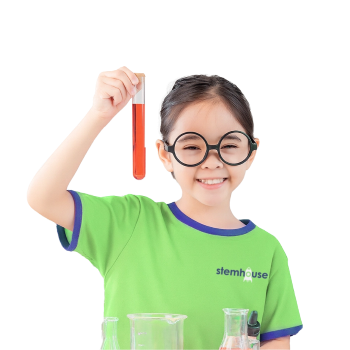





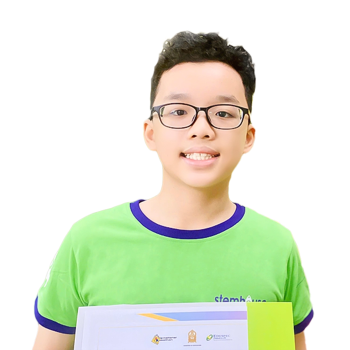



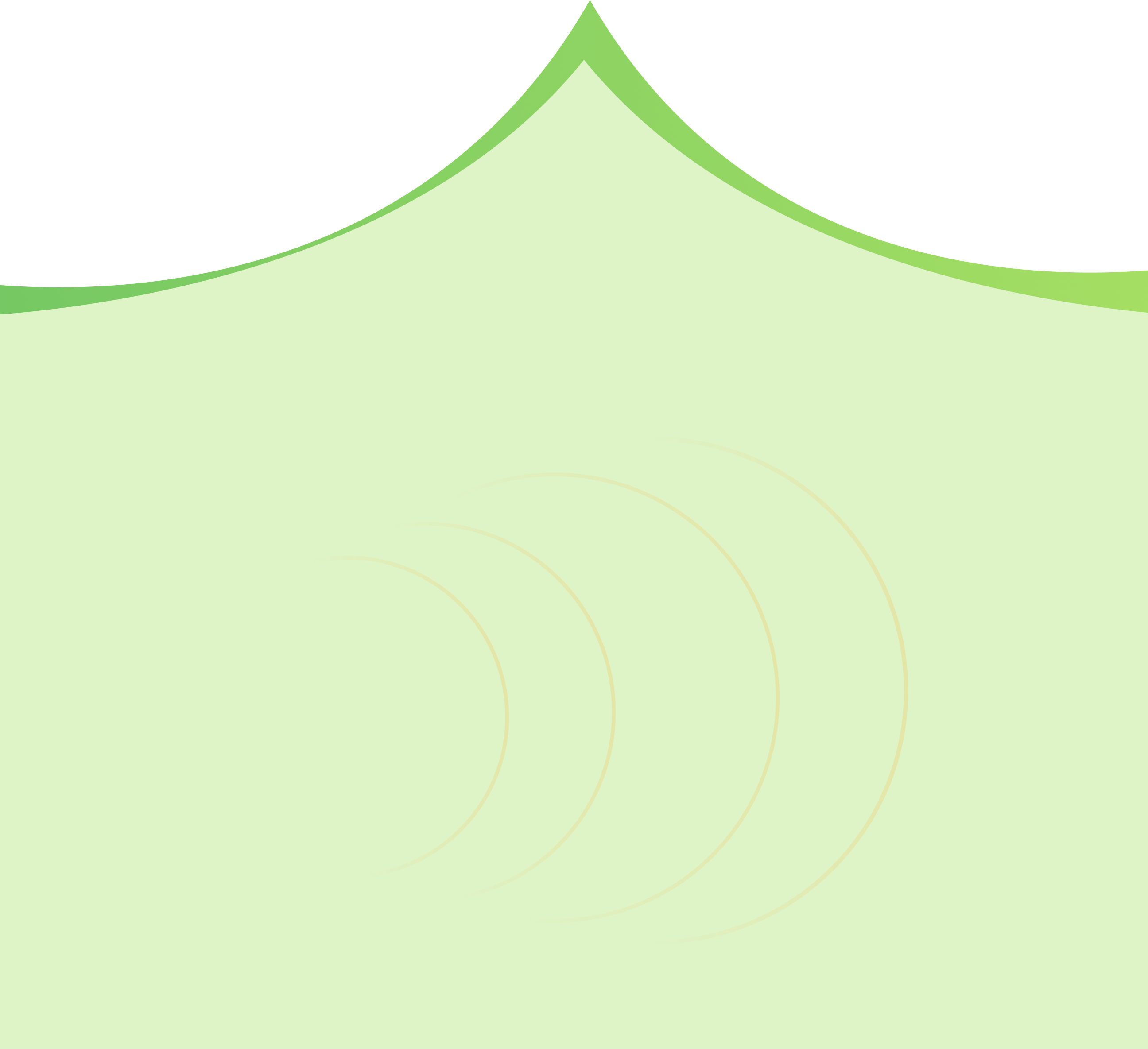








EDUCATIONAL APPROACHES
Learning through experience and practice encourage students to truly develop their thinking, apply knowledge proficiently, and actively enjoy learning, rather than passively memorise scattered pieces of information.
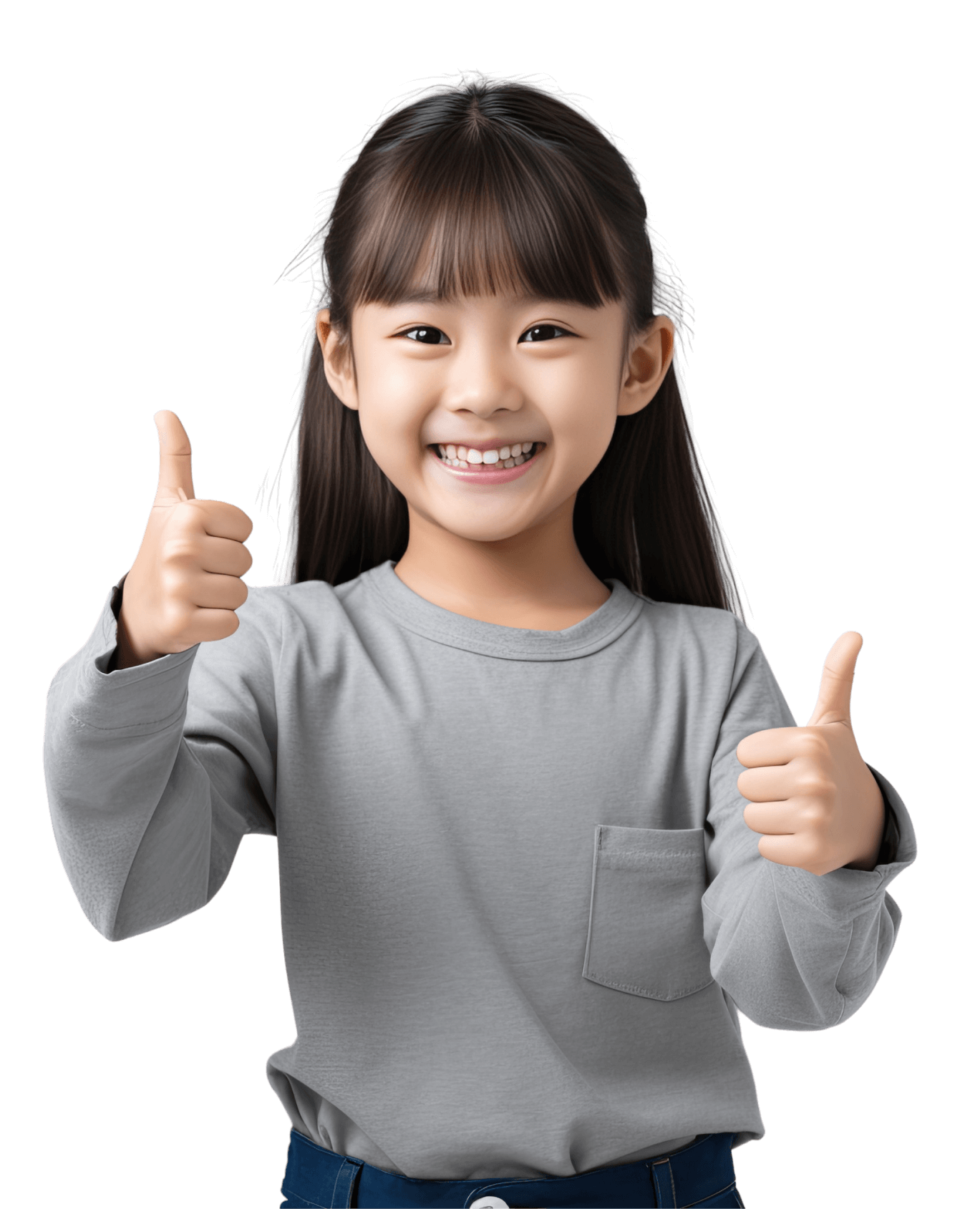
Teaching English
TPR is the abbreviation for Total Physical Response, a language teaching method developed by psychology professor James Asher, at San José State University. This method is based on the combination of language and physical movement, helping children develop language naturally and absorb lessons more effectively.
Teaching Science
Based on constructivism theory of learning, including 5 phases: Engagement - Exploration - Explanation - Elaboration - Evaluation. Each phase represents a stage of knowledge acquisition. Therefore, students build knowledge from practical experiences and develop the concepts of Science step by step.
Teaching
The CLIL (Content and Language Integrated Learning) is a teaching method that combines learning subject content with learning language. In CLIL, students not only learn about a subject such as math, science or history but also learn a language (usually English) through studying the aforementioned subjects' content.
Teaching Mathematics
Singapore's Math widely known teaching method is called CPA (Concrete – Pictorial – Abstract), developed based on research on children's cognitive development.
OUTSTANDING STUDENTS
Learning through experience and practice encourage students to truly develop their thinking, apply knowledge proficiently, and actively enjoy learning, rather than passively memorise scattered pieces of information.

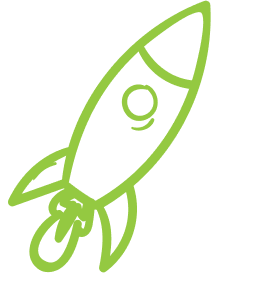

TEACHERS
Learning through experience and practice encourage students to truly develop their thinking, apply knowledge proficiently, and actively enjoy learning, rather than passively memorise scattered pieces of information.


FEEDBACK FROM PARENTS
Learning through experience and practice, students can truly develop their thinking, apply knowledge fluently, and actively enjoy the lessons, not just passively memorize.
STEMHOUSE NEWS
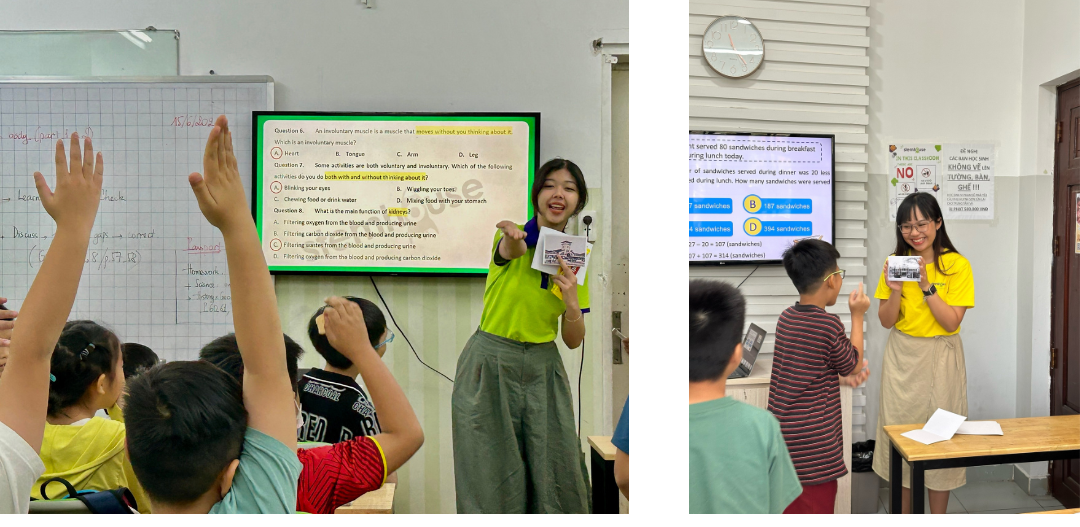
The only “where the jungle meets the sea” in Ho Chi Minh City When mentioning HCMC, young people often think of high-rise buildings, busy streets and dust and pollution from vehicles and factories. However, did you know that HCMC is fortunate to own Can Gio Sac Forest – a “green lung” that helps regulate the […]
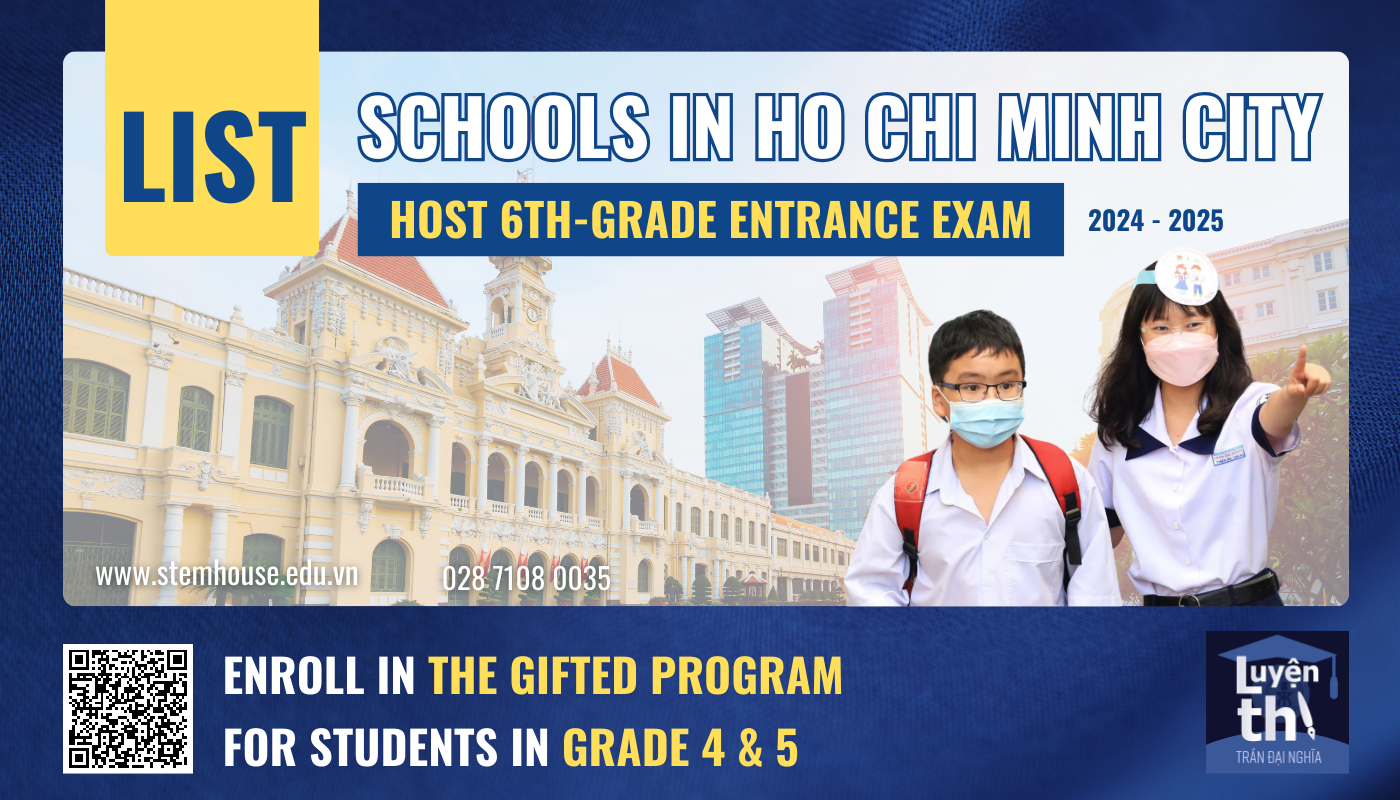
Five secondary schools have released details about their upcoming 2024-2025 grade 6 entrance exams, including: Tran Quoc Toan 1 Secondary School (Thu Duc City) Hoa Lu Secondary School (Thu Duc City) Binh Tho Secondary School (Thu Duc City) Tran Dai Nghia High School for the Gifted (District 1) Nguyen Huu Tho Secondary School (District 7) […]
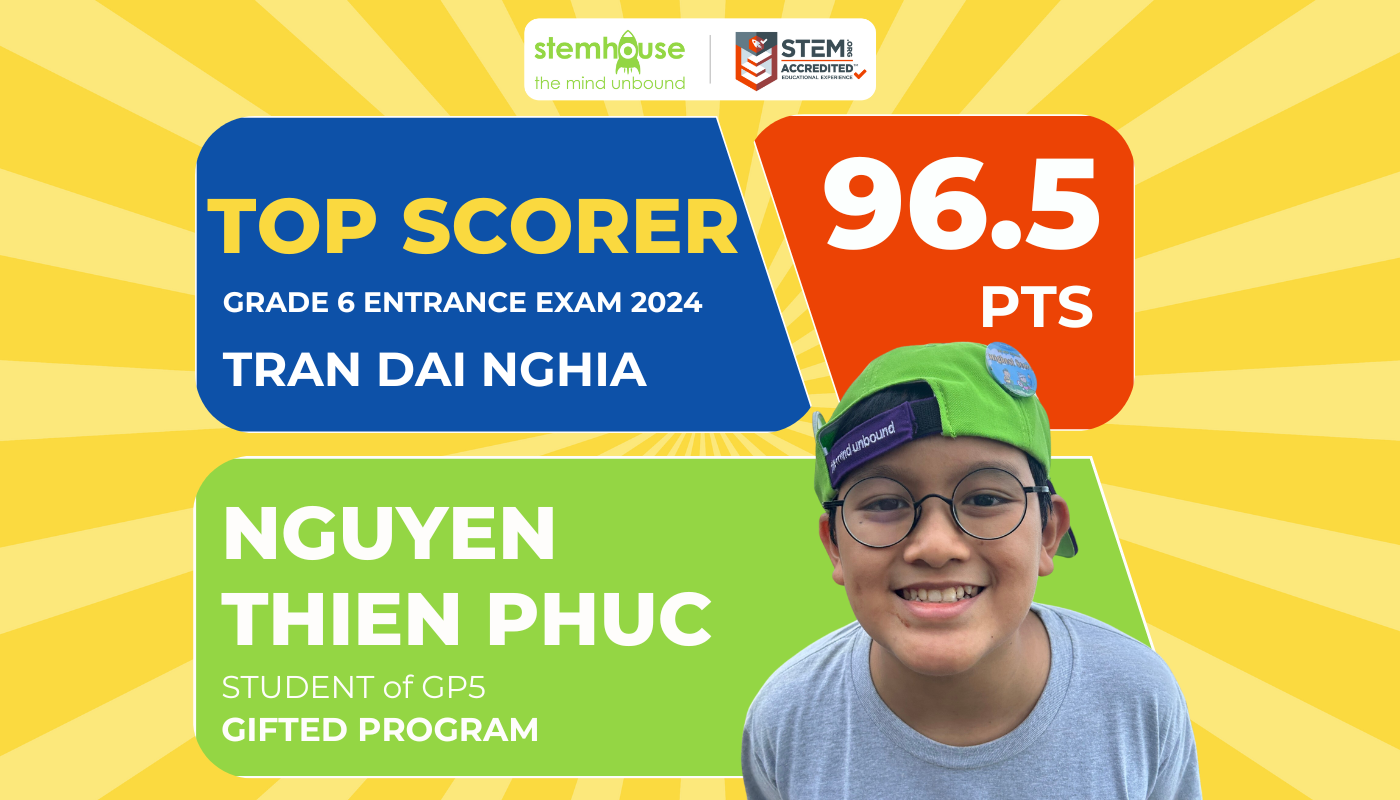
Nguyen Thien Phuc, a student of the Specialized Program (GP) at Stemhouse, has excellently achieved Tran Dai Nghia valedictorian with a score of 96.5 in the 6th grade entrance examination at Tran Dai Nghia School 2024. This achievement is proof. demonstrates the solidity of the knowledge and skills base that Thien Phuc equips himself with […]
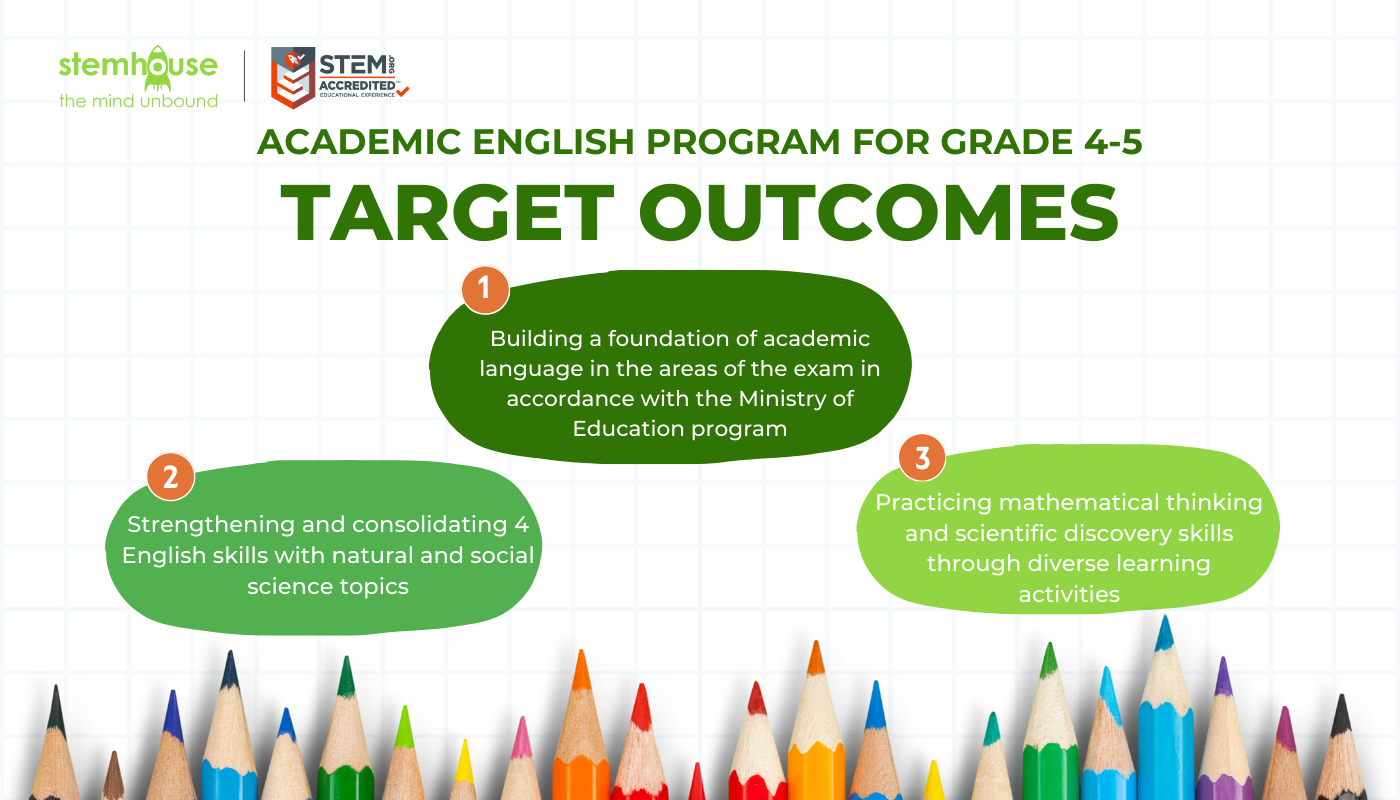
With the structure and content of the 6th grade exam and Tran Dai Nghia school or TOP schools in Ho Chi Minh City in the exam in June 2024, preparing for this exam is not only a challenge but also an opportunity for children to discover and develop their talents. Below are 6 practical and […]

Nguyen Thien Phuc, a student of the Specialized Program (GP) at Stemhouse, has excellently achieved Tran Dai Nghia valedictorian with a score of 96.5 in the 6th grade entrance examination at Tran Dai Nghia School 2024. This achievement is proof. demonstrates the solidity of the knowledge and skills base that Thien Phuc equips himself with […]

The 6th grade entrance exam for key schools is one of the exams that attracts the attention of many parents whose children are preparing to enter secondary school. The 2024-2025 school year is the first year that the Department of Education and Training of District 7 conducts the enrollment of 6th grade students at Nguyen […]

Technology and innovation are important study topics for students. Thanks to Singapore’s leadership in sustainable development and eco-friendly technology, the country is the ideal place to explore in the summer of 2024. The Singapore study tour with the theme “GREEN INNOVATION” organized by B-STEAM will introduce global problems that the whole world is facing and […]
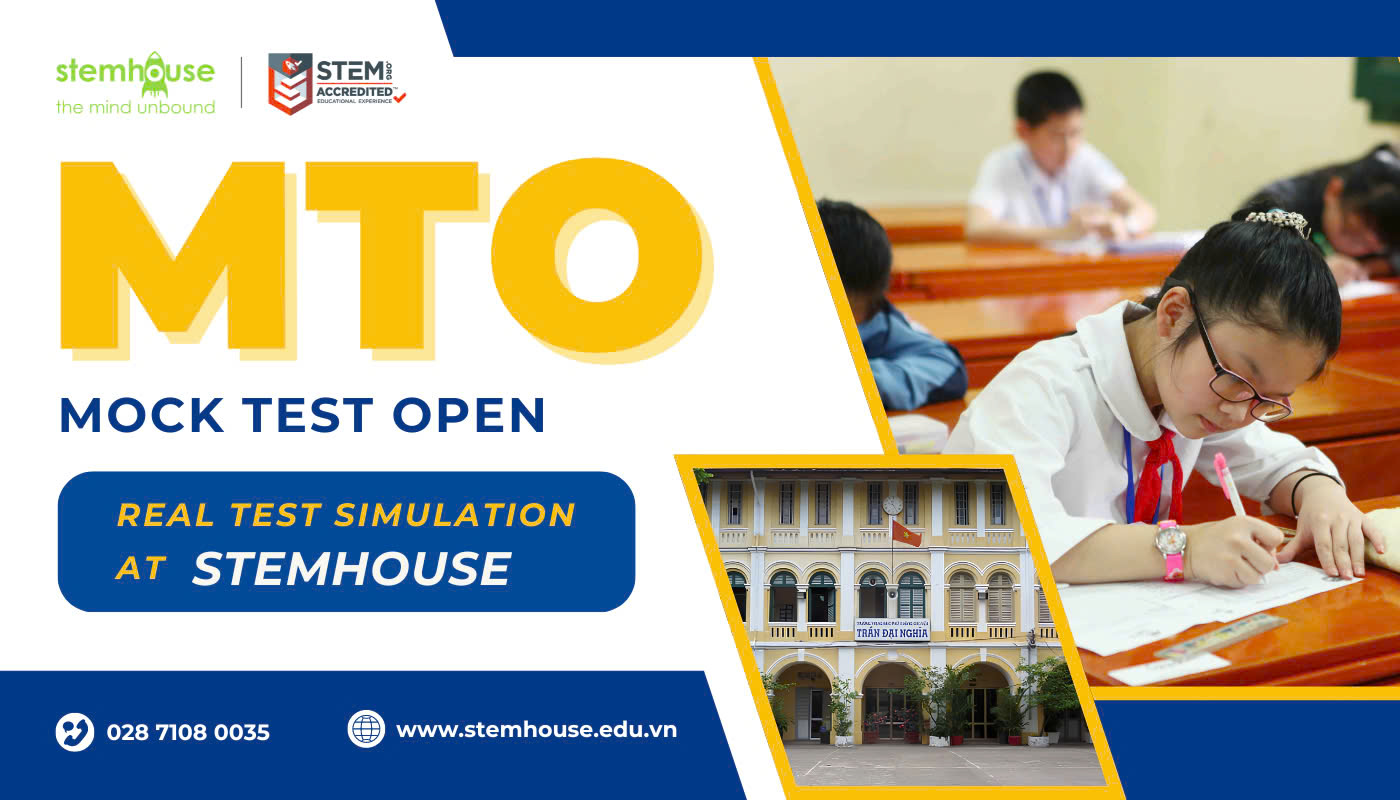
For the past 10 years, Stemhouse has developed a comprehensive learning program and assembled a team of expert teachers. Using this foundation, we have been conducting regular Mock Test Opens (MTO) to prepare students for the entrance exams of top schools in Ho Chi Minh City, including Tran Dai Nghia, Tran Quoc Toan 1, Hoa […]








